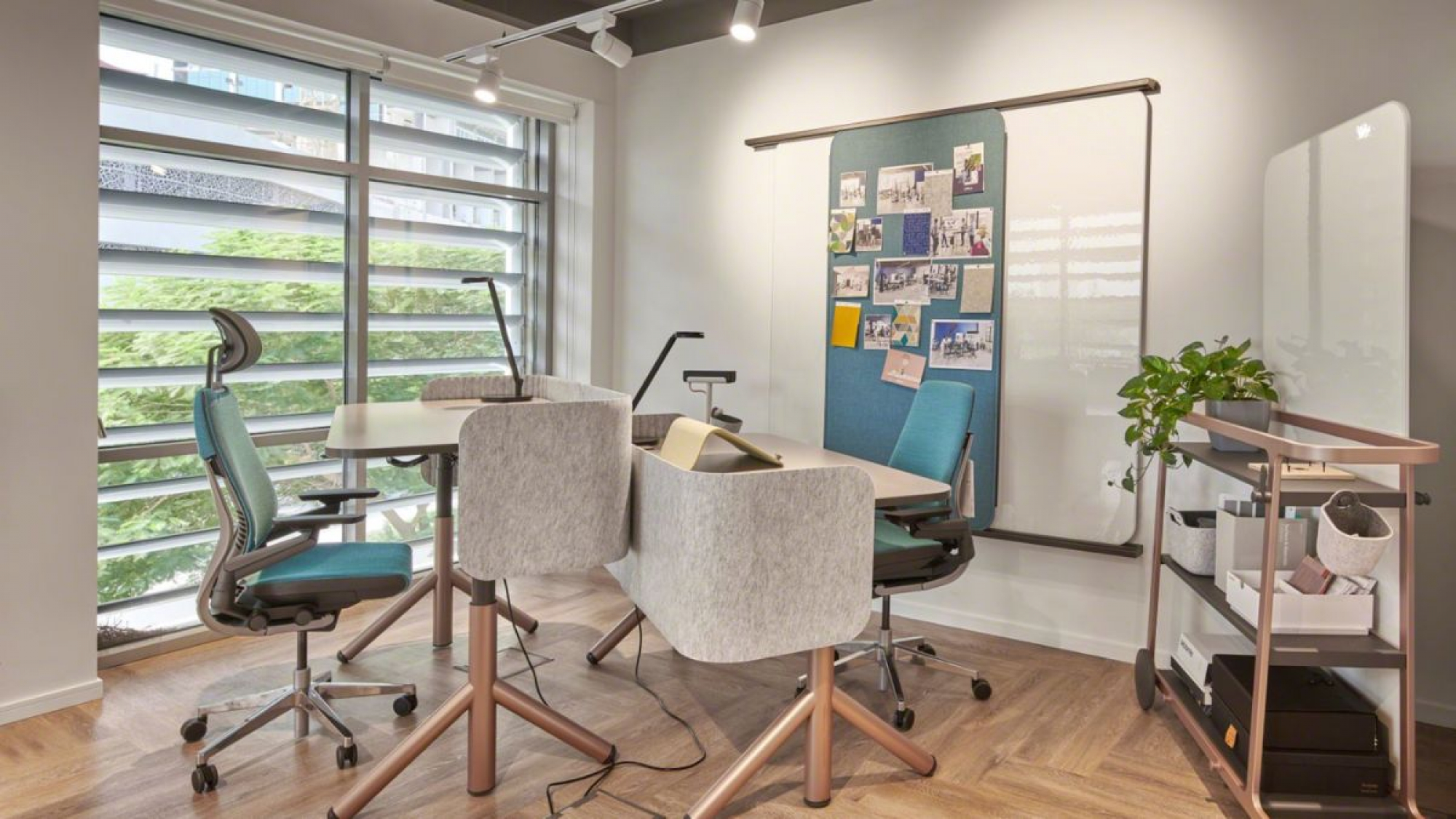Creating an office space that maximizes productivity isn’t just about aesthetics. It’s about designing an environment that positively influences the well-being and efficiency of everyone who works there. The layout, color schemes, lighting, and even the types of furniture you select significantly affect employees’ focus, morale, and creativity. Check out these quick tips for designing a productive office space to learn more about proper office design.
Utilizing Office Layouts Ideal for Productivity
The two most popular office layouts for promoting productivity are open and modular designs. Many modern businesses favor the open-plan office layout for its collaboration-enhancing properties. Breaking down the physical barriers between team members facilitates smooth communication and the cross-pollination of ideas. This layout often features communal workspaces like large tables or desks without partitions and shared areas for informal meetings or relaxation.
On the other hand, modular or flexible office layouts are gaining popularity for their adaptability to the diverse needs of employees. This design allows for the easy reconfiguration of the workspace to support different tasks and team sizes, making it an excellent choice for companies with fluctuating project demands. Modular furniture, movable partitions, and mobile workstations support a blend of collaboration, privacy, and flexibility. Such environments can cater to various working styles and foster a dynamic, innovative, and productive work atmosphere.
Understanding the Importance of Ergonomic Office Furniture
Ergonomic office furniture is crucial to creating a productive workspace, primarily because it aligns with the body’s natural posture, reducing the risk of strain and injury over long periods of sitting or standing. Investing in ergonomic chairs, desks, and accessories can significantly boost office productivity by enhancing comfort and improving employee concentration and efficiency. An ergonomically designed office not only attends to the physical well-being of its occupants but also signals to employees that their health and comfort are valued, thereby positively impacting morale and job satisfaction.
Embracing Audiovisual and Digital Office Elements
Incorporating audiovisual and digital elements into the office environment can significantly enhance productivity by streamlining communication and facilitating seamless collaboration. Advanced audiovisual setups, such as high-definition video conferencing systems, not only make virtual meetings more efficient but also more engaging, helping bridge the gap between hybrid and in-office team members.
Furthermore, digital tools like interactive whiteboards and project management software can transform mundane meetings into dynamic brainstorming sessions, enabling real-time collaboration and instant sharing of ideas. These technologies foster an innovative workplace atmosphere where creativity and efficiency thrive, ensuring that teams can work together effectively, regardless of their physical location.
Maintaining a Clean Office Environment
A clean office environment is essential to enhancing productivity, as it minimizes distractions, reduces stress, and fosters a sense of professionalism and order. Cluttered and disorganized spaces can significantly impede focus, making it challenging for employees to concentrate on their tasks. Furthermore, a tidy workspace is vital for health, reducing the spread of germs among staff. When employees are healthy and work in an environment that promotes well-being, productivity naturally increases.
Use these quick tips for designing a productive office space to ensure your office environment is optimized for the modern business world. Additionally, explore our helpful office furniture and design services here at Spaces to make the most of your work place.
Receive our Newsletter
To receive our newsletter, including new editions of spaces and other digital content, fill out the form:



